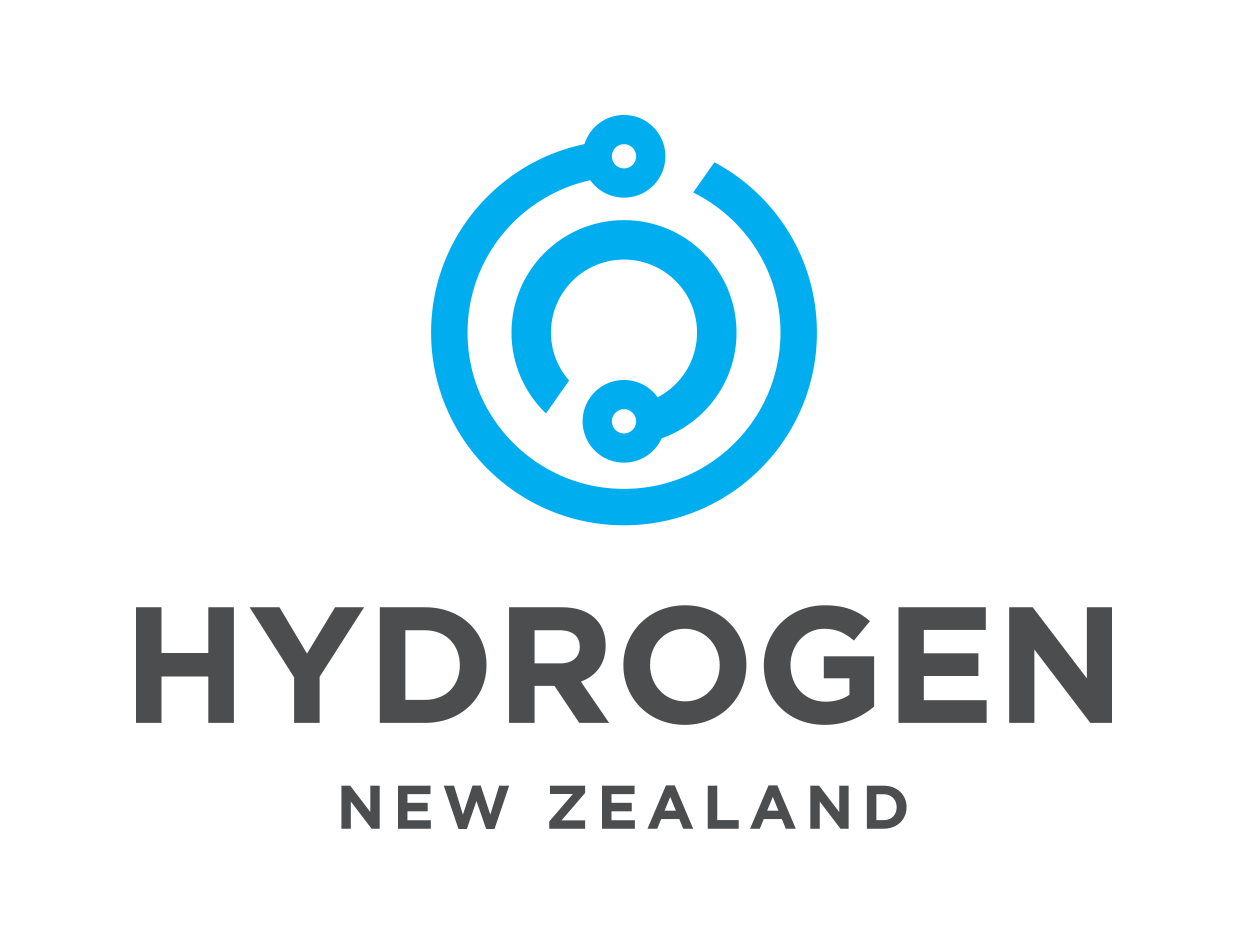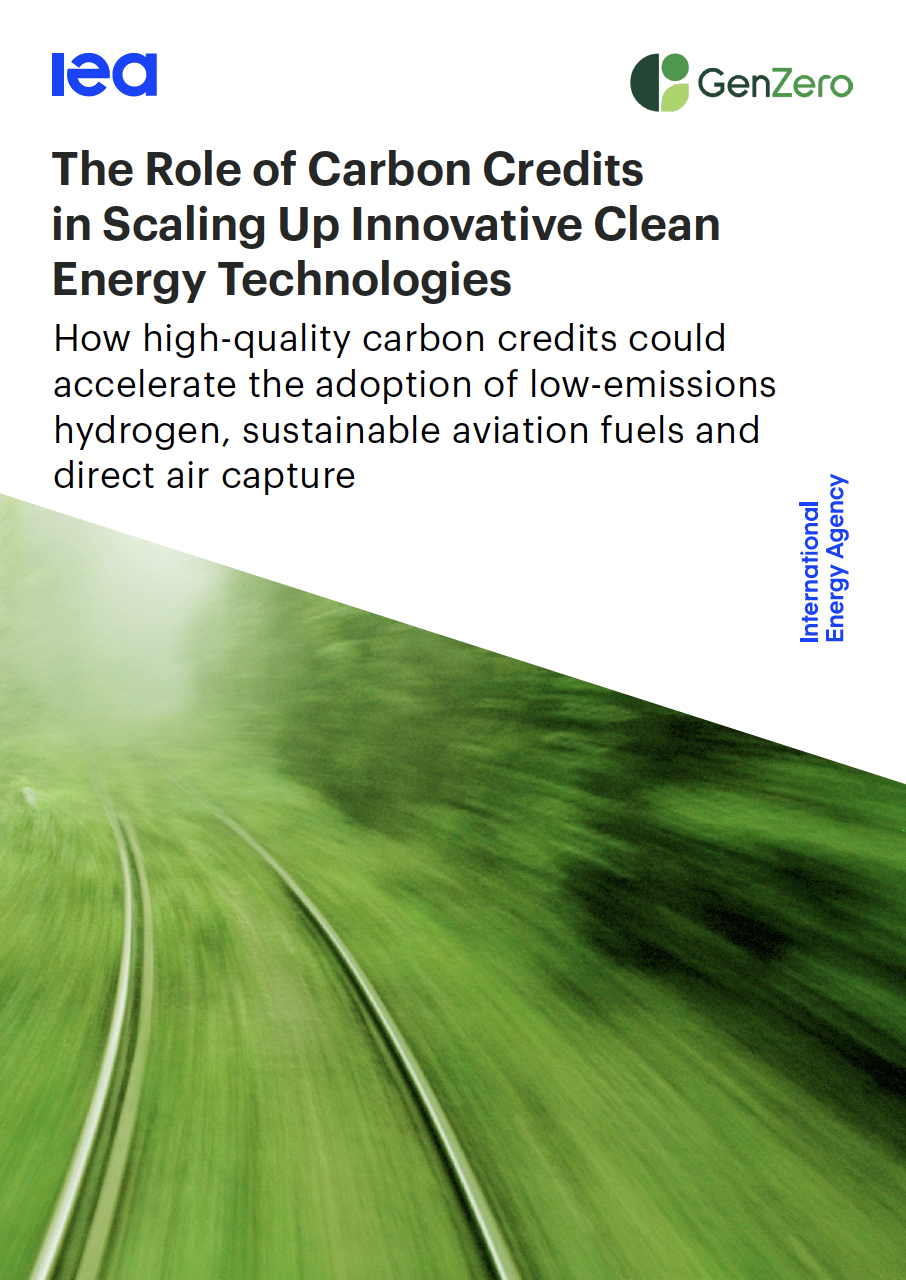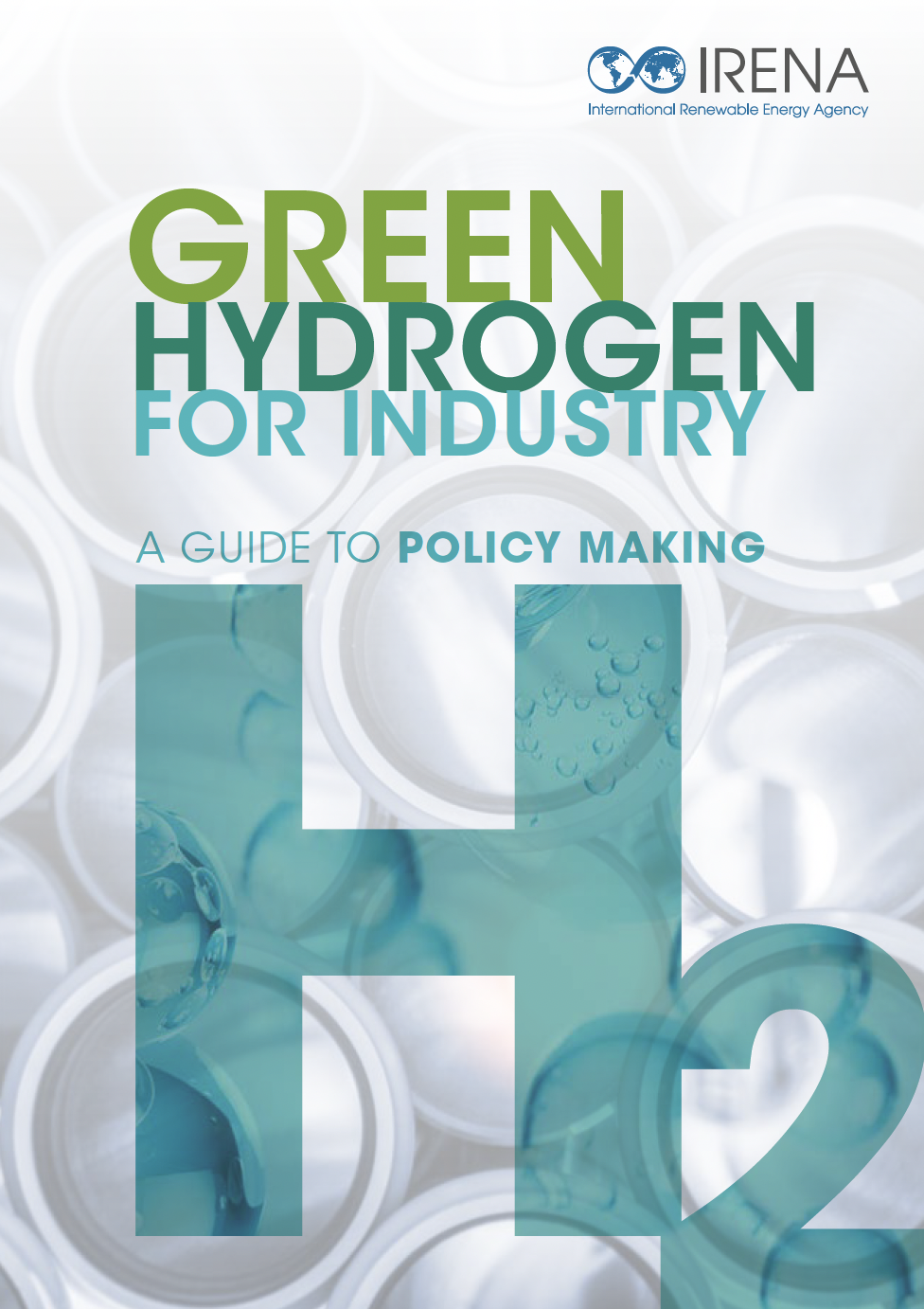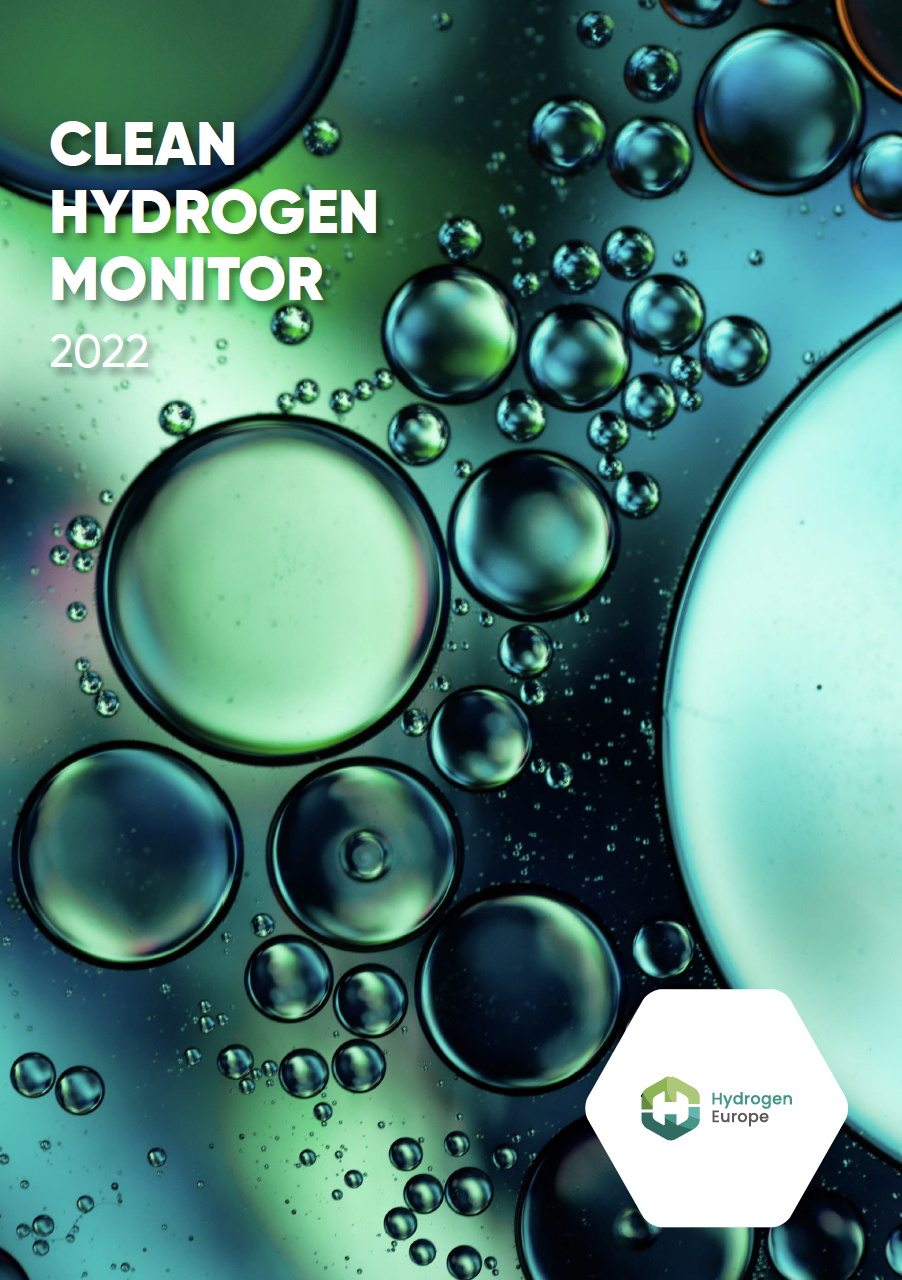International Hydrogen Reports
Collated below are key recent international hydrogen reports, which are intended as a useful resource, noting that these documents are ever-changing due to the rapidly evolving global hydrogen industry, and new reports released regularly. Select from the agencies listed below:
International Energy Agency
In the Global Hydrogen Review 2025, the IEA takes stock of the progress to date and explores the challenges ahead, providing a thorough assessment of what could be achieved by the end of this decade. This year’s report also includes a special chapter on Southeast Asia, which explores the region’s near-term potential to produce and use low-emissions hydrogen and hydrogen-based fuels and products – with an assessment of how this could create economic opportunities and reduce import dependencies.
The report is complemented by updates to the Hydrogen Production and Infrastructure Projects Database , and a new online Hydrogen Tracker that allows users to further explore announced projects for low-emissions hydrogen production and infrastructure deployment, hydrogen production costs and more than 1,000 hydrogen policy measures worldwide.
➤READ MORE
Strong growth in electricity demand is raising the curtain on a new Age of Electricity, with consumption set to soar through 2027. Electrification of buildings, transportation and industry combined with a growing demand for air conditioners and data centres is ushering a shift toward a global economy with electricity at its foundations. The International Energy Agency’s Electricity 2025 provides a deep and comprehensive analysis of all these trends as well as recent policy developments. For the period 2025 through 2027, it forecasts electricity demand, supply and carbon dioxide (CO2) emissions for select countries, by region and worldwide. The report explores emerging trends such as growing electrification, expanding power systems and an increasing share of weather-dependent energy sources in the generation mix. Through this lens, it assesses resource adequacy and the methods needed to ensure the security, resilience and reliability of power systems and electricity supply. This year’s report, now in its sixth year, includes a special feature on China’s evolving power demand as well as a section on the phenomenon of negative wholesale electricity prices in some markets.
➤READ MORE
Three strategic areas of public policy – energy, industry and trade – are increasingly interwoven. Tensions and trade-offs arise in each of these areas as governments seek to reconcile their commitment to well-functioning markets and cost-effective clean energy transitions, on the one hand, with the need to establish secure, resilient clean technology supply chains, on the other. This involves tough decisions around choosing which industries to support, collaboration with trading partners, and how to prioritise innovation efforts. This 2024 edition of Energy Technology Perspectives (ETP) – the “world’s clean energy technology guidebook” – is designed to support decision-making in these areas. ETP-2024 is the first analysis of its kind to explore the future of manufacturing and trade of clean energy technologies, with granular sectoral detail across supply chains, built on a unique bottom-up dataset and a quantitative assessment of countries’ industrial strategies.
➤READ MORE
More projects and more final investment decisions
Global hydrogen demand reached 97 Mt in 2023, an increase of 2.5% compared to 2022. Demand remains concentrated in refining and the chemical sector and is principally covered by hydrogen produced from unabated fossil fuels. Low-emissions hydrogen played a marginal role, with production of less than 1 Mt in 2023. However, low-emissions hydrogen production could reach 49 Mtpa by 2030 based on announced projects, almost 30% more than when the Global Hydrogen Review 2023 was released. This strong growth has been mostly driven by electrolysis projects, with announced electrolysis capacity amounting to almost 520 GW. The number of projects that have reached a final investment decision (FID) is also growing: Announced production that has taken FID doubled compared with previous year to reach 3.4 Mtpa, representing a fivefold increase on today’s production by 2030. This is split roughly evenly between electrolysis (1.9 Mtpa) and fossil fuels with carbon capture, utilisation and storage (CCUS) (1.5 Mtpa).
➤READ MORE
Investment in electrolysers is driven by higher deployment but also by higher financing costs
Investment in electrolysers is set to increase by close to 140% in 2024 to USD 5 billion. This is mainly because of new capacity additions as well as cost inflation in the sector and resulting increases in equipment prices and financing costs. Most of the electrolyser capacity coming online in the next few years aims to replace existing uses of hydrogen (refining and the chemical industry). These investments are generally perceived as lower risk than generating new potential sources of demand (e.g. mobility and conversion into low-emissions hydrogen-based fuels).
➤READ MORE
How high-quality carbon credits could accelerate the adoption of low-emissions hydrogen, sustainable aviation fuels and direct air capture
Achieving net zero requires rapid development of technologies such as lowemissions hydrogen, sustainable aviation fuels (SAF), and direct air capture and storage (DACS). The IEA and GenZero report explores how carbon credits can incentivise their deployment.
➤READ MORE
World hydrogen electrolyser capacity additions grew by 360% in 2023, according to the IEA's new report. The Clean Energy Market Monitor, aims to fill a gap by providing a timely, concise and up-to-date overview of clean energy deployment for 2023 for a selected group of technologies, including hydrogen electrolysers.
➤READ MORE
Low-emission hydrogen production can grow massively by 2030 but cost challenges are hampering deployment The number of announced projects for low-emission hydrogen production is rapidly expanding. Annual production of low-emission hydrogen could reach 38 Mt in 2030, if all announced projects are realised, although 17 Mt come from projects at early stages of development. The potential production by 2030 from announced projects to date is 50% larger than it was at the time of the release of the IEA’s Global Hydrogen Review 2022. Only 4% of this potential production has at least taken a final investment decision (FID), a doubling since last year in absolute terms (reaching nearly 2 Mt). Of the total, 27 Mt are based on electrolysis and low-emission electricity and 10 Mt on fossil fuels with carbon capture, utilisation and storage.
➤READ MORE
Hydrogen demand is growing, with positive signals in key applications
Hydrogen demand reached 94 million tonnes (Mt) in 2021, recovering to above pre-pandemic levels (91 Mt in 2019), and containing energy equal to about 2.5% of global final energy consumption. Most of the increase came from traditional uses in refining and industry, though demand for new applications grew to about 40 thousand tonnes (up 60% from 2020, albeit from a low base).

































